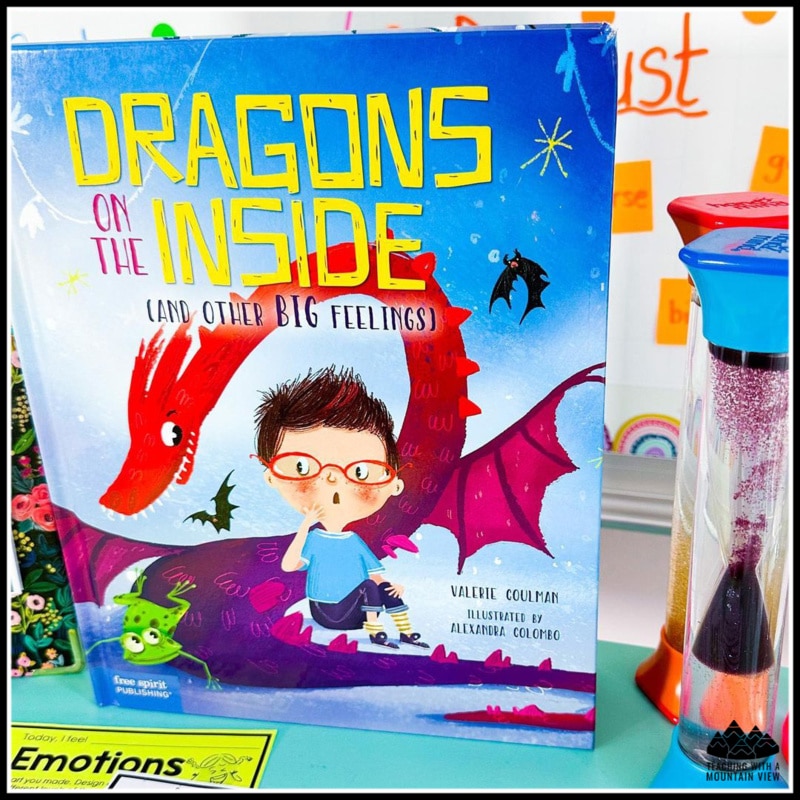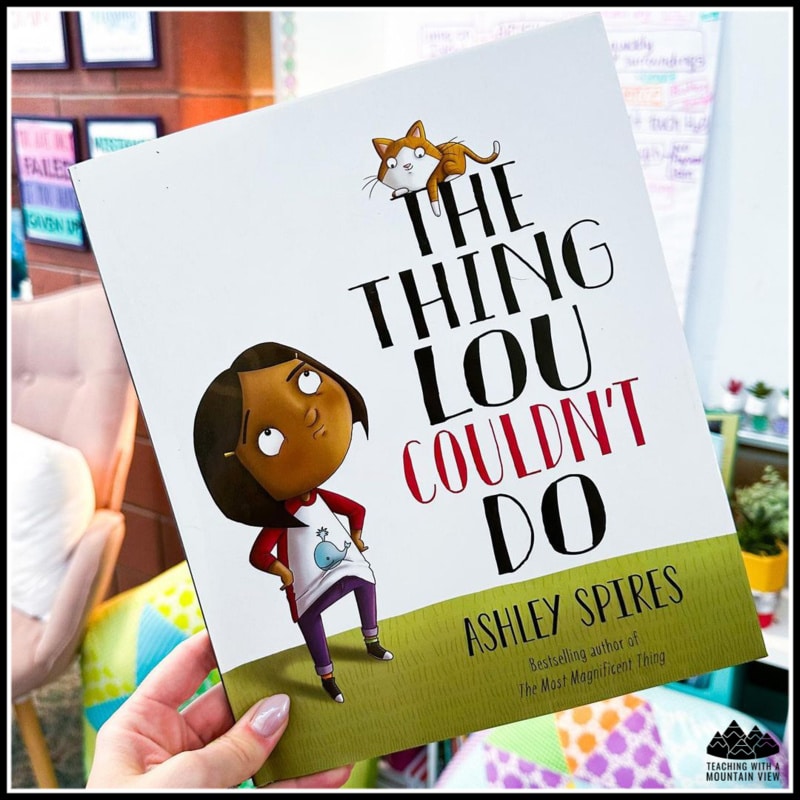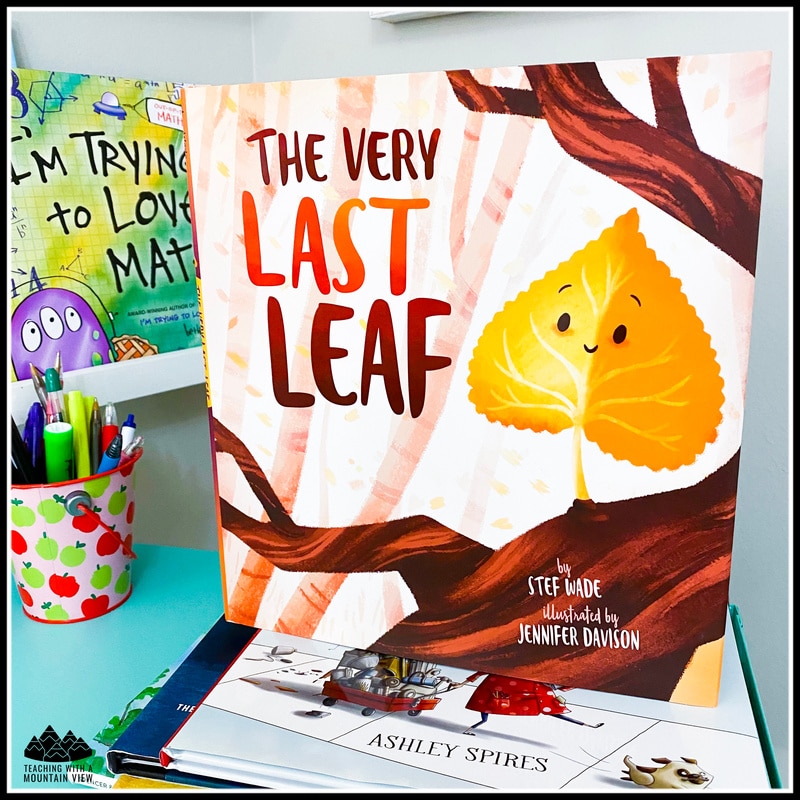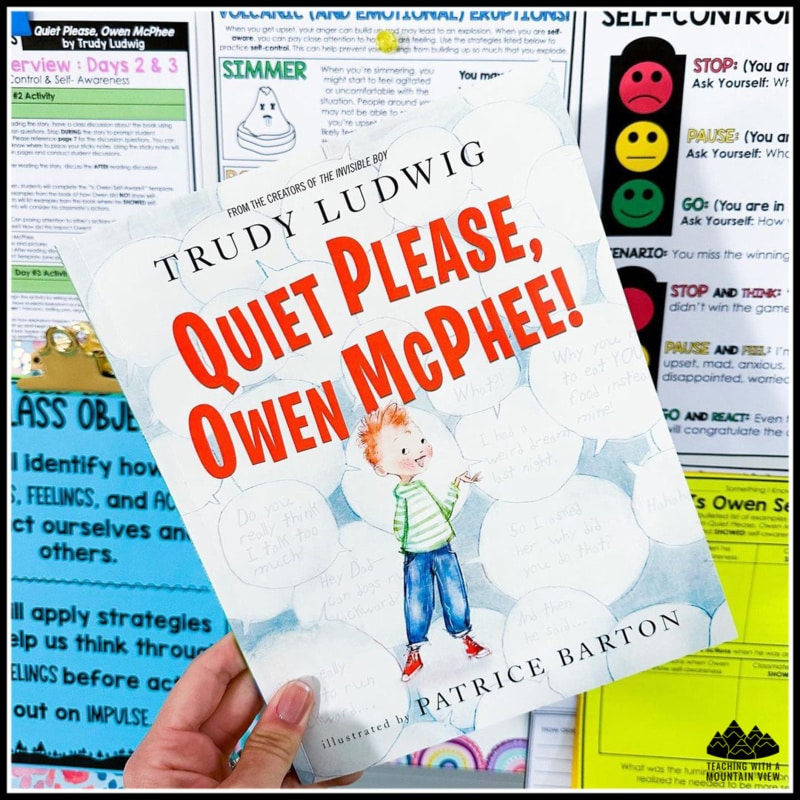Using Picture Books to Build Self-Awareness
By Mary Montero
Share This Post:
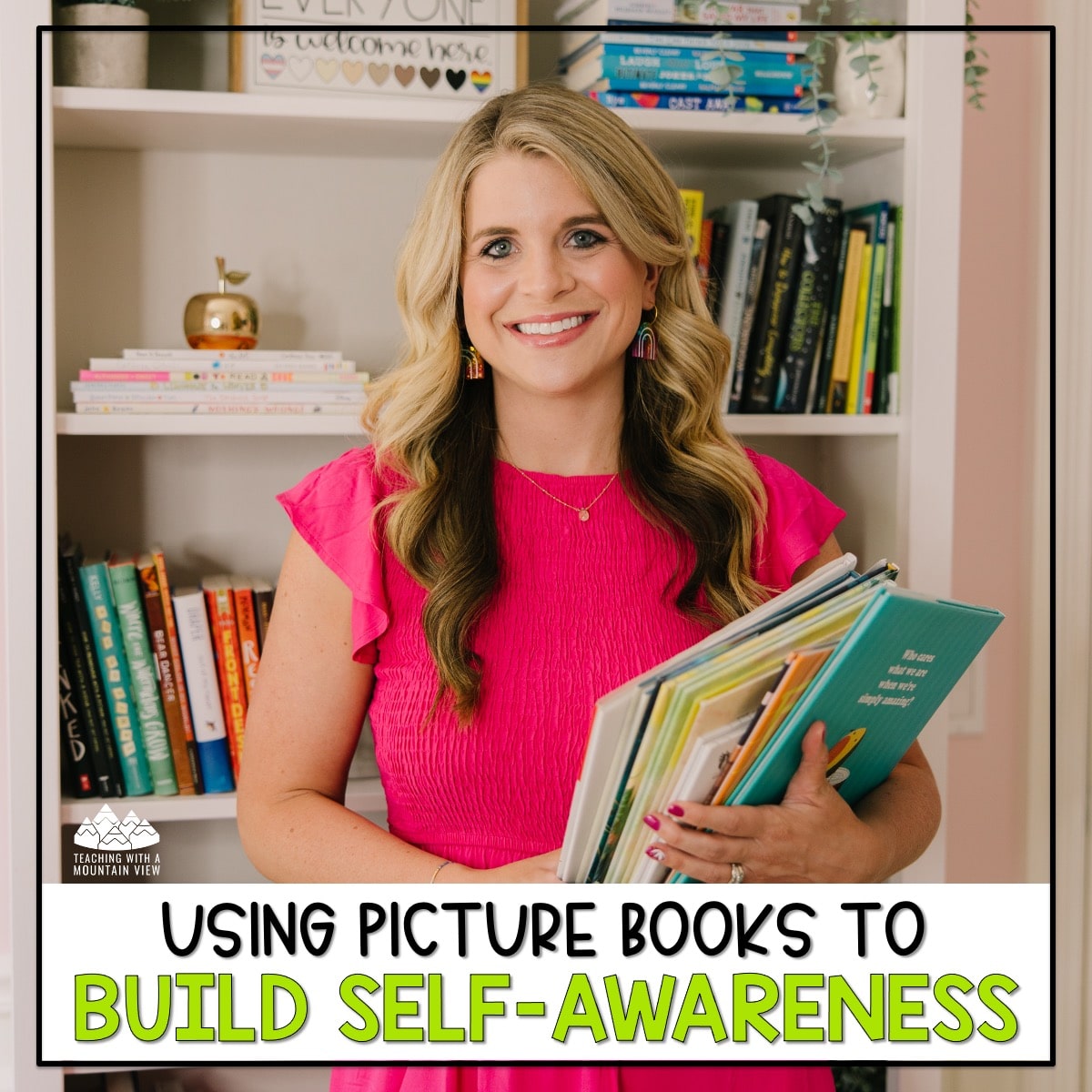
Picture books are a great resource for introducing social-emotional learning concepts to children in an accessible and engaging way. Through relatable stories and illustrations, picture books can help children explore their own thoughts, feelings, and emotions.
When reading a mentor text, students can reflect on themselves. At this age, our students’ personalities begin to shine through, and they need to recognize and discuss their own self-awareness. Picture books can help!
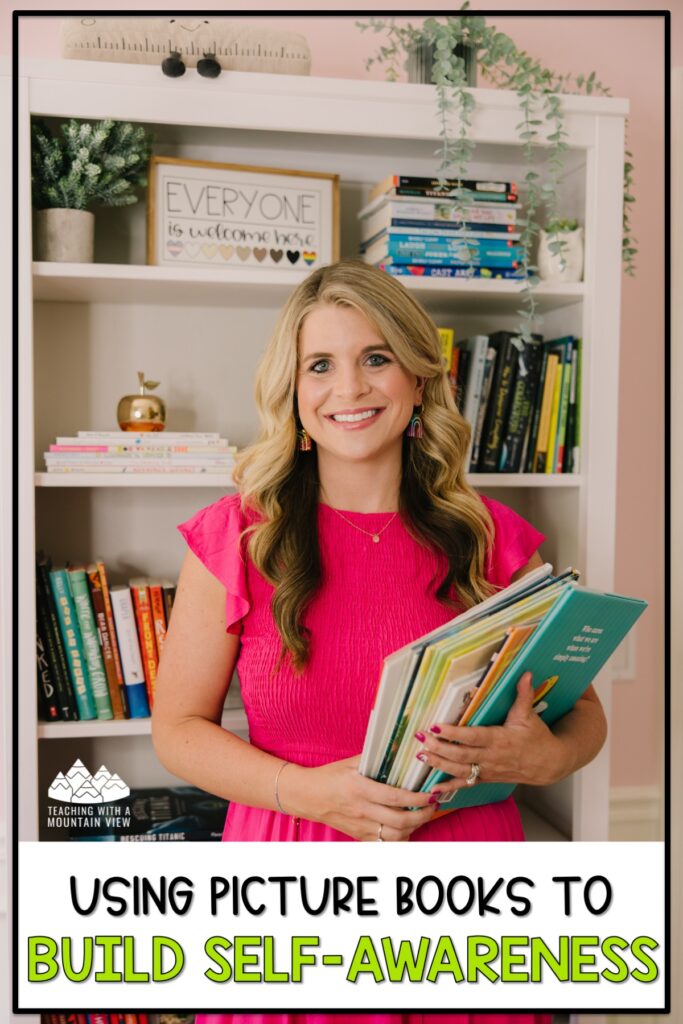
What is self-awareness?
According to CASEL, self-awareness is the ability to understand one’s own emotions, thoughts, and values and how they influence behavior across contexts.
Self-awareness is an essential skill in everyday life. It affects how students communicate and interact with others. It helps them identify their emotions and cope with them. Many stories include characters reflecting on their emotions and building awareness of who they are.
How does self-awareness lead to better student outcomes?
- Helps them identify their strengths and weaknesses.
- Enhances critical thinking skills and helps them make informed decisions.
- Supports their academic performance.
- Helps them to recognize and regulate emotions appropriately.
- Allows them to set realistic goals.
Here’s how using picture books to build self-awareness helps
The links in this post are Amazon affiliate links for easy shopping.
Identifying Emotions and how to cope with them: Many picture books feature characters experiencing a range of emotions. These emotions can range from happiness and determination to sadness and confusion. Students can relate to these characters and their reactions to different situations. Stories can teach students to recognize and label their own emotions. Students can also learn how to cope with their emotions by seeing how others cope in each story. Dragons on the Inside is a fantastic book that helps students identify their emotions and learn more about how the body and brain work together to help process their emotions.
Recognizing Strengths: Picture books highlight character strengths, talents, and abilities, as well as challenges and setbacks and how characters face them. An inspiring story like The Hugging Tree: A Story About Resilience teaches a valuable lesson about perseverance, resilience, and the power of showing resilience in the circumstances you are given. By seeing characters overcome obstacles and discover their strengths, children can reflect on their capabilities and develop a growth mindset. The book The Thing Lou Couldn’t Do emphasizes the idea that it’s okay not to succeed initially and that it’s okay to keep trying while receiving encouragement from friends. It shows Lou’s journey as she develops a growth mindset.
Self-Confidence and Self-Esteem: There are many stories where characters are learning how to build their own self-confidence or self-esteem. Kids need to see how other characters do this because it helps them understand that they are not alone in how they feel. In The Little Ghost Who Was a Quilt, the ghost can see how he is different from the other ghosts, but he accepts it positively. By the end, he boosted his self-esteem and realized he had other strengths and experiences that the other ghosts did not have. After students see characters overcome their own obstacles and develop positive self-esteem, they might be able to develop their own.
Self-Efficacy: Picture books often highlight characters who set goals and work towards achieving them. When children see characters succeed in something, whether it’s learning a new skill, making a friend, or overcoming fear, they are inspired to believe in their own abilities to accomplish similar things. These stories help reinforce the idea that with hard work and determination, anything is possible. Two books that highlight this are The Thing Lou Couldn’t Do and The Very Last Leaf.
Accurate Self-Perception: A skill that students can work on is how they might perceive themselves. To help them acknowledge how to perceive themselves, it’s important to be able to identify their strengths and weaknesses. In Quiet Please, Owen McPhee, Owen had to acknowledge how his thoughts, feelings, and actions impacted himself and others. He had to realize how his talking got in the way of listening to his teachers and friends.
Using Moving Mountains to Teach Self-Awareness
In our Moving Mountains with Picture Book resources, there are many topics under the umbrella of self-awareness. Every set of Moving Mountains with Picture Books has discussion questions, morning meeting prompts, and activities that help students develop their self-awareness through reflection and applying what they’ve learned to hypothetical situations. Here are fantastic books that I have carefully selected that can help your students build their self-awareness. You can see them all in this Self-Awreness Books Amazon storefront (affiliate link) for easing browsing, or shop individual titles below.
Picture Books to Build Self-Awareness
Making Assumptions- Milo Imagines the World
Self-Awareness- Quiet Please, Owen McPhee
Identifying & Regulating Emotions- Dragons on the Inside
Self-Esteem- The Little Ghost Who Was a Quilt
Self-Acceptance- Where Oliver Fits
Growth Mindset- The Thing Lou Couldn’t Do
Optimism- Last Stop on Market Street
Resilience- The Hugging Tree
Facing Fears, Taking Risks- The Very Last Leaf
Download A FREE Book Companion
You can try one of our book companions for FREE to use with Thankful by Elaine Vickers! The plans include the perfect picture book companion activities to help students learn the importance of gratitude.
Free Book Suggestion Guide
Looking for more book tips? You can use these book lists as a resource for yourself or share them with your students’ families. I always print them out and have them ready to go for important nights like parent-teacher conferences, back to school night, and open house.
Mary Montero
I’m so glad you are here. I’m a current gifted and talented teacher in a small town in Colorado, and I’ve been in education since 2009. My passion (other than my family and cookies) is for making teachers’ lives easier and classrooms more engaging.







